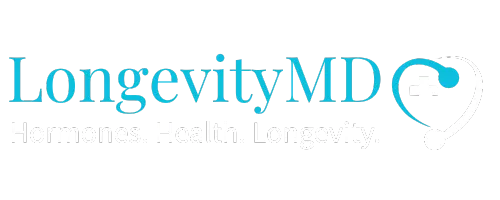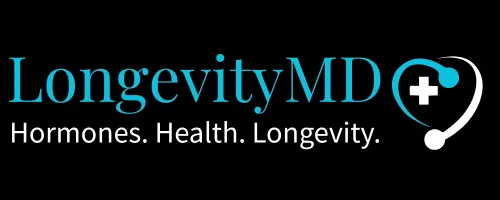
Strength: Building a Body That Supports a Longer, Healthier Life
Why Muscle Health Is the Foundation of Longevity and How Strength Training Keeps You Younger, Stronger, and More Resilient
Strength is more than power — it’s protection. In longevity medicine, muscle isn’t just about appearance; it’s a key biomarker of healthy aging. At Longevity MD, Dr. Dewald Jurgens helps patients preserve muscle mass, mobility, and metabolism through personalized exercise, nutrition, and hormone strategies designed to keep your body strong for life.
“Muscle is the currency of longevity — the more you build, the longer you thrive.”
The Role of Strength in Longevity Medicine
When most people think of aging, they imagine wrinkles or grey hair — but the most significant age-related change happens beneath the skin: muscle loss. After age 30, adults lose 3–8% of their muscle mass every decade, a condition known as sarcopenia.
This gradual decline leads to reduced metabolism, poor balance, increased fat accumulation, and higher risk of chronic disease. Strength, therefore, isn’t optional; it’s a biological shield against the physical and metabolic decline that shortens healthspan.
At Longevity MD, strength optimization is treated as a cornerstone of proactive health. Using advanced metabolic and hormone testing, Dr. Jurgens creates personalized plans that help patients build lean muscle, enhance recovery, and improve energy utilization.
The Science Behind Muscle Longevity
1. Muscle as a Metabolic Engine
Muscle tissue is the body’s largest reservoir for glucose and amino acids. Maintaining muscle helps stabilize blood sugar, improve insulin sensitivity, and regulate energy levels. Simply put: strong muscles mean a stronger metabolism.
2. Hormones and Muscle Health
Hormonal balance plays a pivotal role in muscle maintenance.
Testosterone supports protein synthesis and energy drive.
Growth hormone (GH) stimulates tissue repair and regeneration.
Thyroid hormones influence energy expenditure.
Cortisol control prevents catabolic muscle breakdown.
Longevity MD uses a data-driven approach to assess these biomarkers and restore balance through nutrition, resistance training, and, when appropriate, targeted medical therapy.
3. Strength and Brain Function
Research in the Journal of Aging Research (2022) found that individuals who maintain higher muscle strength show better memory and executive function. The reason? Exercise increases brain-derived neurotrophic factor (BDNF) — the molecule that keeps neurons growing and connected.
How Longevity MD Builds Functional Strength
Strength isn’t just built in the gym; it’s built through personalized protocols that fit your physiology and goals.
Dr. Jurgens helps patients design a structured plan focusing on:
Progressive resistance training for muscle growth and joint health
Protein optimization for muscle recovery and synthesis
Hormonal balance testing to support sustainable performance
Lifestyle alignment — optimizing sleep, recovery, and stress response
These strategies create the right internal and external environment for muscle adaptation and lifelong vitality.
The Connection Between Strength and Lifespan
Multiple studies have confirmed that muscle mass and grip strength predict mortality better than blood pressure or cholesterol. Stronger individuals not only live longer but maintain higher independence and quality of life.
A 2021 meta-analysis in The Lancet Healthy Longevity found that individuals with higher strength and lean mass had up to 40% lower risk of all-cause mortality. This underscores that muscle is not vanity — it’s longevity insurance.
Every Decade Needs a Different Strategy
30s: Build your foundation — master technique, increase muscle density.
40s: Focus on hormonal balance and recovery strategies.
50s+: Prioritize resistance, balance, and mobility over volume.
Longevity MD tailors these programs to your life stage, combining medical precision with practical implementation.
Longevity in Motion
The ability to move freely is the essence of independence. Strength protects your joints, supports posture, and reduces the risk of falls. It also fuels your metabolism and enhances cardiovascular output.
Longevity MD integrates movement diagnostics and performance tracking, helping patients see measurable progress — not just in the gym, but in life.
Living Proof That Strong Means Young
Patients often notice profound changes after only 8–12 weeks:
Better posture and joint stability
Increased energy and stamina
Improved mood and focus
Reduced chronic pain and inflammation
By optimizing muscle, hormone balance, and recovery, Longevity MD patients regain control over how they age — both physically and mentally.


